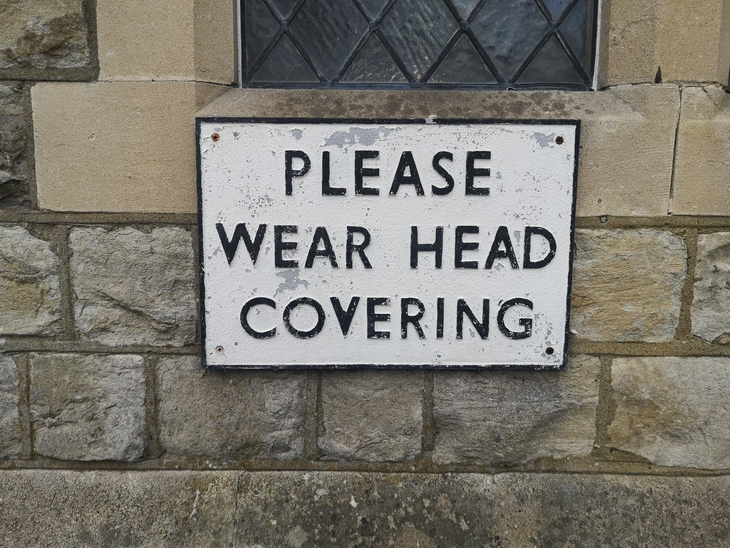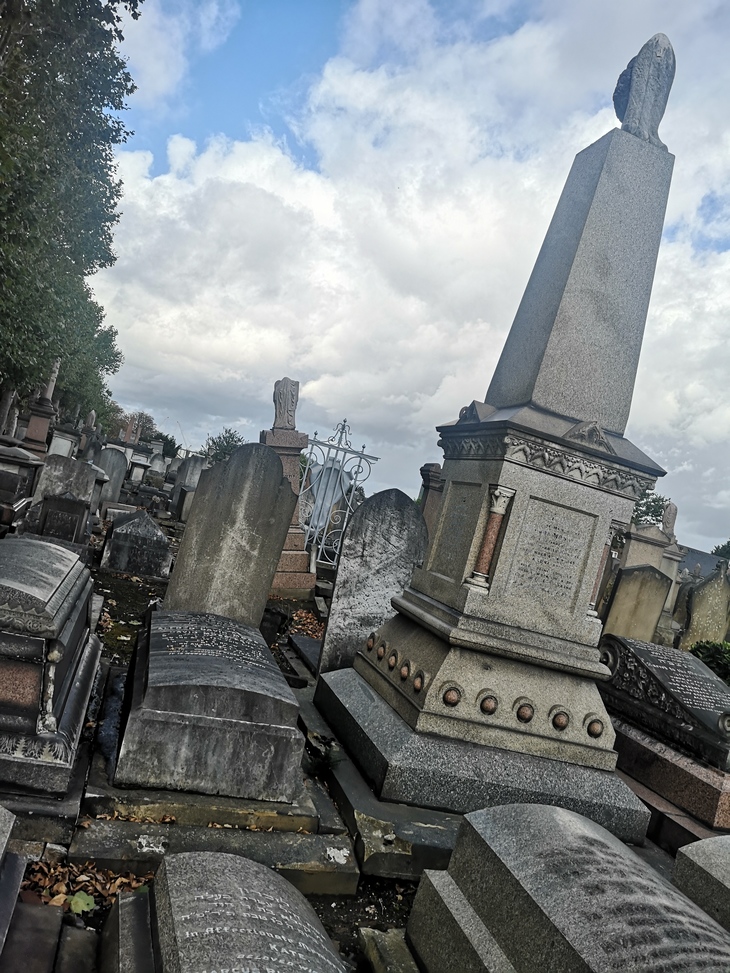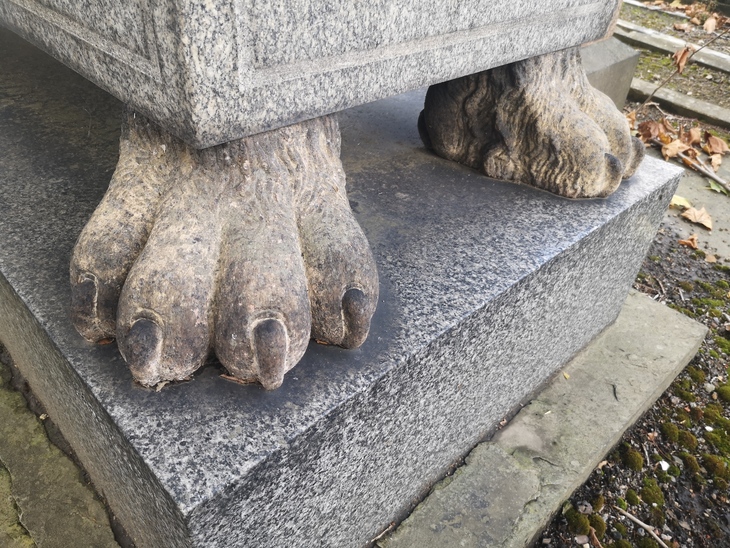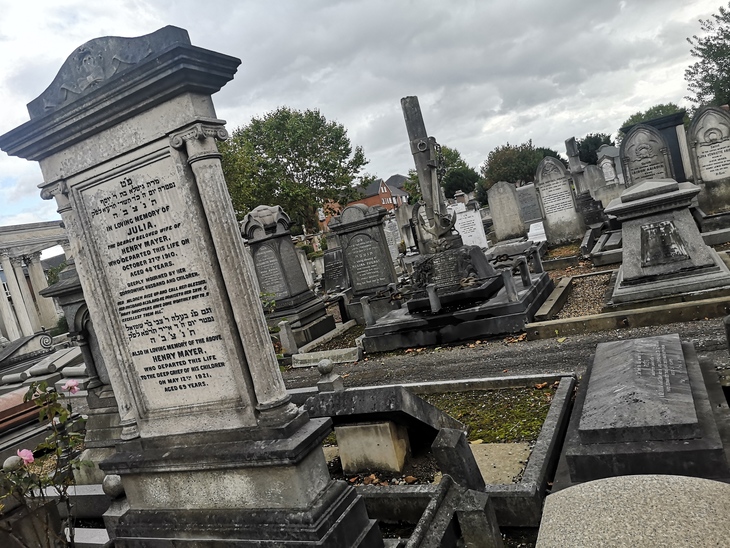
There's an eighth 'Magnificent Seven' cemetery, and you'll find it in Willesden.
In Willesden Jewish Cemetery, you're in salubrious company. Here is the till-shaped tomb of Jack Cohen, founder of Tesco (on his first day as a grocer, Cohen turned a £1 profit). Over there, the grave of Rosalind Franklin, discoverer of the helical shape of DNA. Many of the famous Rothschilds — including Leopold de Rothschild, whose cortège received a hearty send-off in 1917 — are buried here too.
And then — rising like a Grecian temple above the other 30,000 memorials — is the monument to Harriet Samuel, the same H Samuel who was behind the high street jewellery chain.



A few decades after Kensal Green, Highgate and their ilk had sprung up in a funereal fairy ring around the city's edges, Willesden came to be. The cemetery's design, by Nathan Solomon Joseph, took its cue from its Christian predecessors. With its multitude of de rigueur Victorian urns and snapped off columns, it has a conspicuously 'English' air—and purposefully so. Still, the Hebrew epitaphs and a recording of the Kaddish mourning prayer playing in the prayer hall, confirm this is a Jewish place of rest, alright.



When it opened in 1873, the cemetery was ensconced deep in the countryside — far from the bustling city where many of the interred had lived. Over time, a Jewish suburb converged around it — life following in the footsteps of death. Willesden became one of the city's foremost Jewish communities, in part because of the bankers, artists, rabbis, politicians and traders who'd chosen it as their final resting place.



Around 25 burials — which must happen within one day of the deceased's passing — still take place here each year, but many Londoners are now laid to rest in expanding cemeteries like Bushey.



'House of Life' is an old term used to describe a Jewish cemetery, and this is what Willesden Cemetery is about today; somewhere to appreciate lives lived. With the help of a lottery grant and heritage status, this Victorian gem is now re-announcing itself to the world — regardless of religion or beliefs.
Guided tours and talks tell fascinating stories of the interred: from magician Horace Goldin, who popularised the 'sawing a woman in half' illusion; to 'Madame Rachel' — a beautician and con artist, said to have once flogged a beauty elixir made with water from the Sahara desert.
House of Life is also the name of a new visitor experience here, which will open again in post-Covid times.


Some memorials at Willesden are attractions in their own right, and visitors are invited to pluck a pebble and place it on a grave that moves them. It's heartening to see Rosalind Franklin's grave covered in them.
Elsewhere, Lion's feet protrude from the four corners of one tomb, as if it might scarper off. An elegant grave crafted by Pre-Raphaelite Edward Byrne-Jones is a work of art in its own right — and way ahead of its time. And the late film director, Michael Winner's, headstone simply quips: "Never a Loser He, Only a Winner Be".
Visit Willesden Jewish Cemetery's website for more information on opening times, tours, talks and more.




